The Surface you know and love (or hate) is dead — Microsoft's Windows hardware enters a new era
Surface Laptop 7
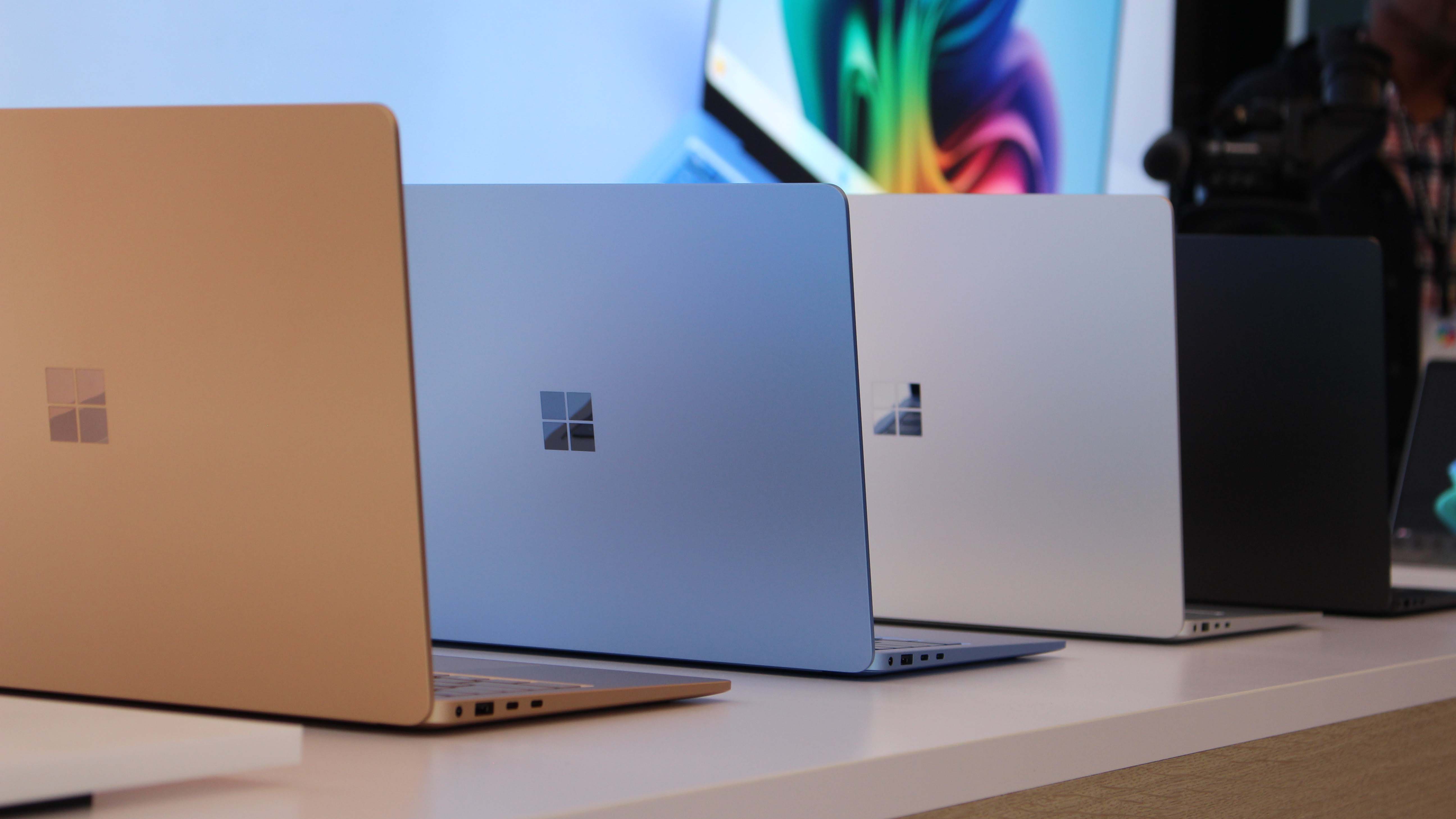
Surface Laptop 7

Image of the Lenovo Yoga Slim 9i 14 (Gen 10) and ASUS Zenbook A14 (2025) laptops.
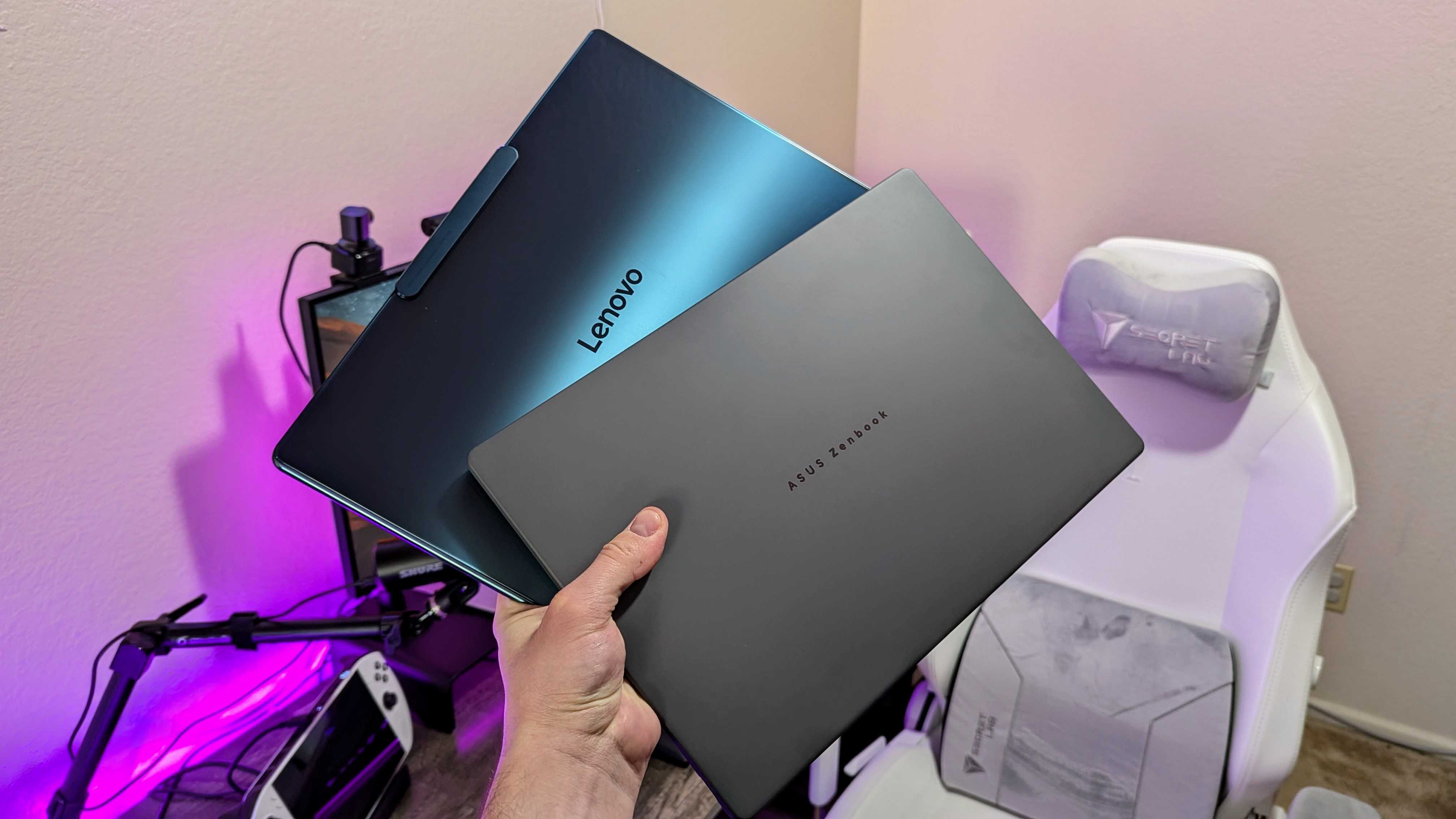
Backside of the Acer Swift 14 AI while it sits on the table and faces right.
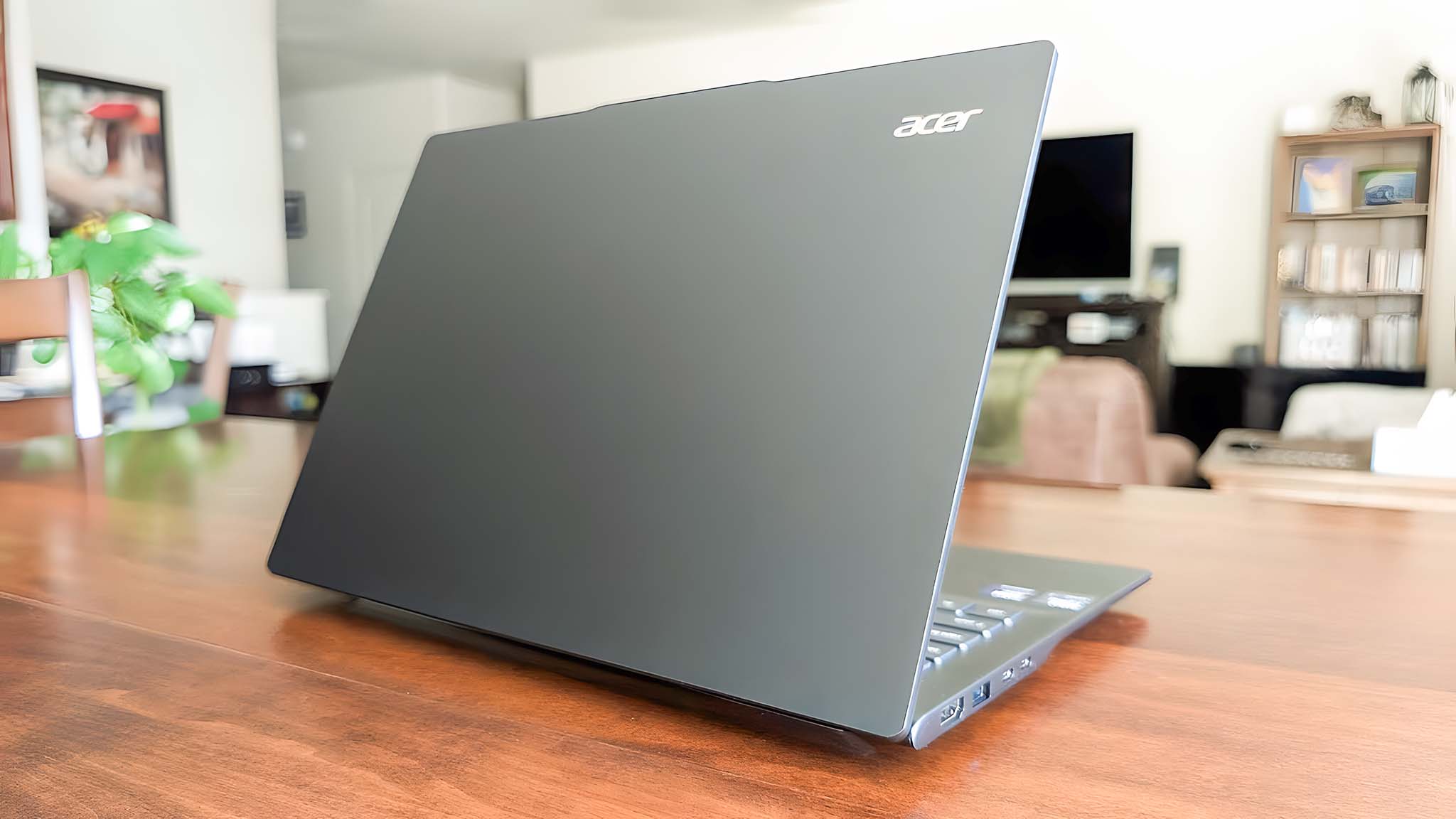
Microsoft Surface Pro 11 with Qualcomm Snapdragon X Elite
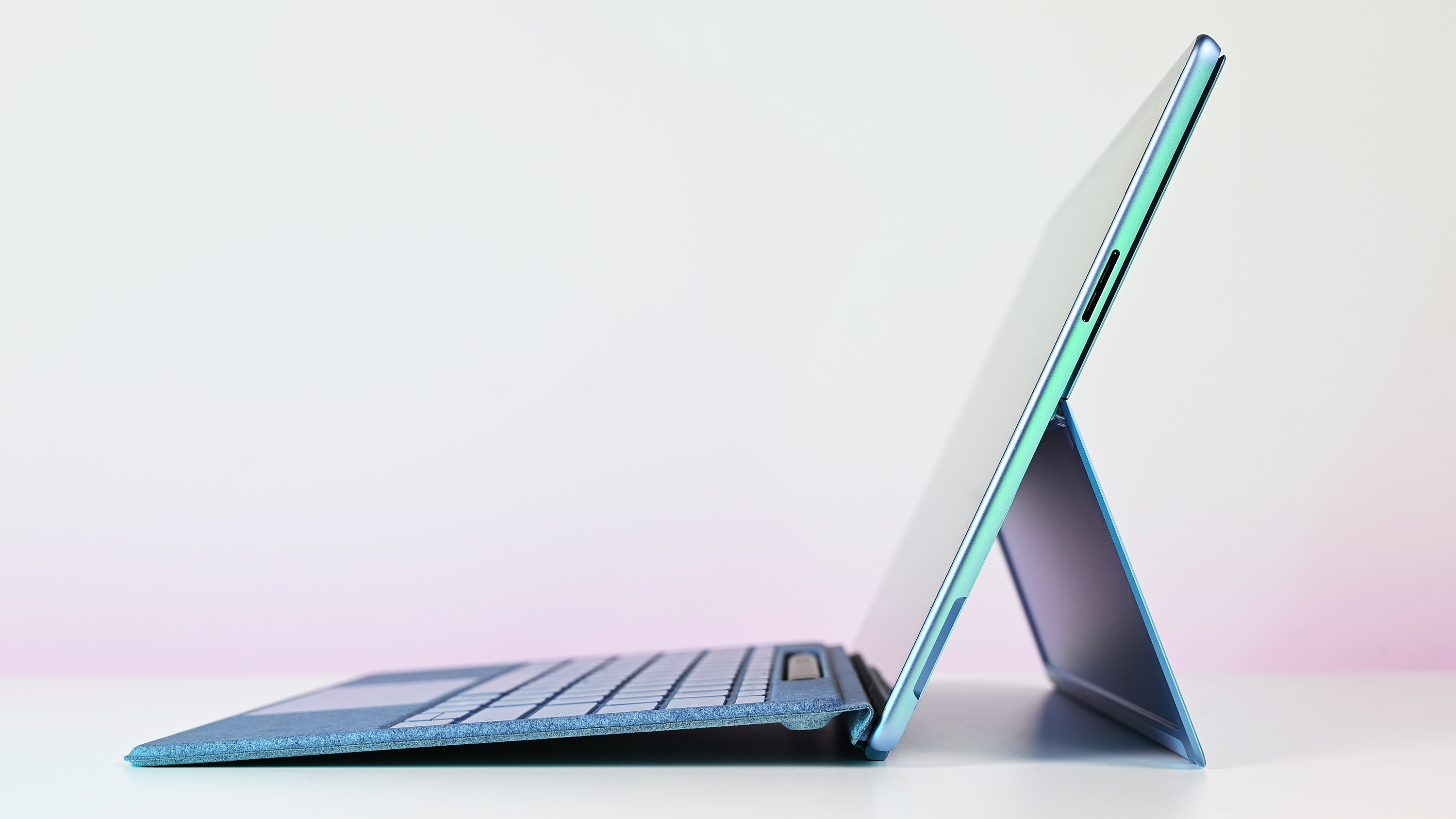
The ASUS ROG Flow Z13 (2025) in four positions, including upright with its keyboard attached, upright with its keyboard detached, laying down with its screen up, and laying down with its back up.
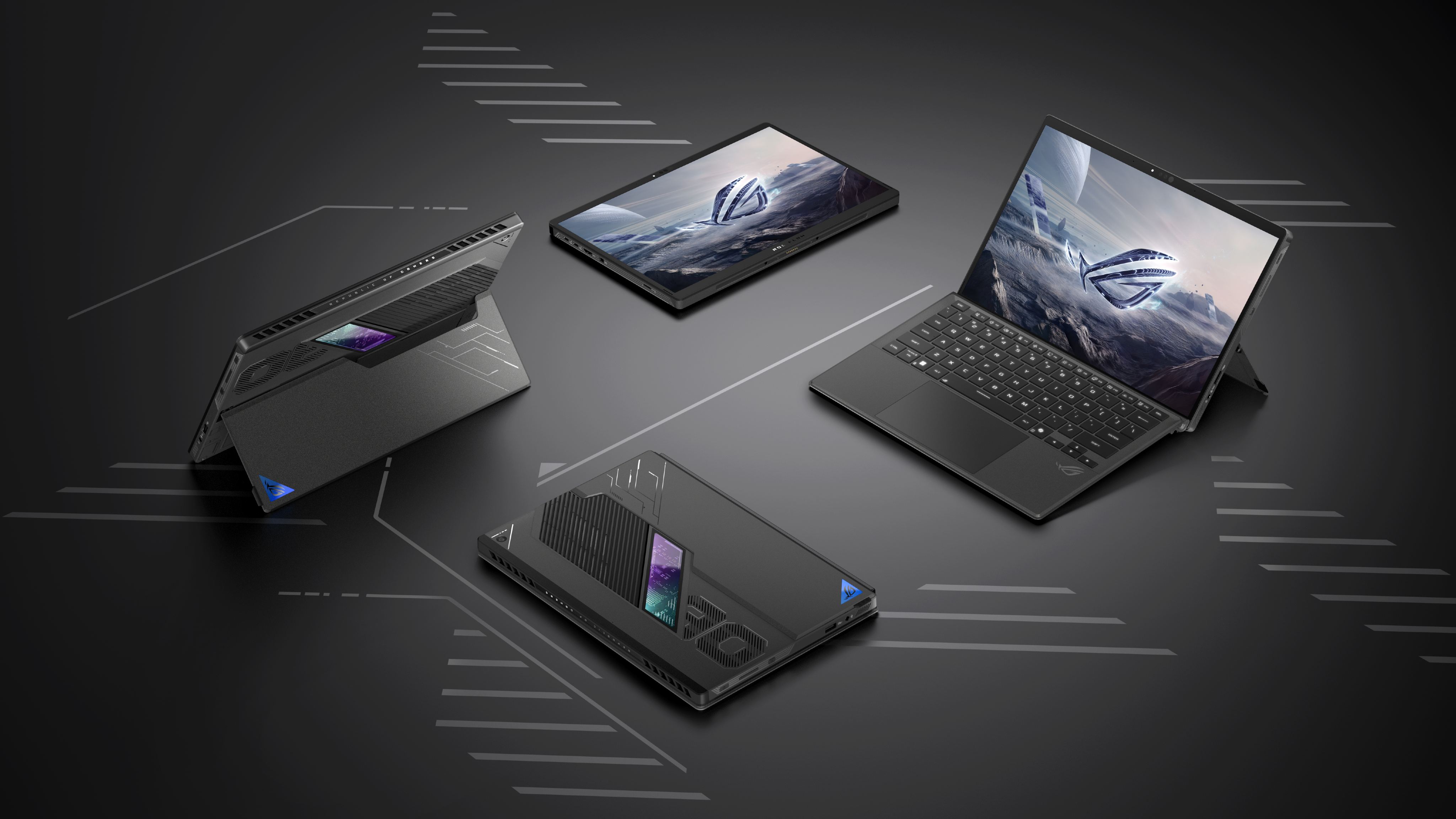
Going to CES is a lot like going on a treasure hunt. You know you’re going to be surrounded by tech, but a lot of the stuff you see is either mediocre or iterative. Only one in maybe a thousand or two thousand products actually achieves something so game-changing, you stop, observe, interact, and then praise. At this year’s CES in Las Vegas, the Haply MinVerse was that product for me. At first glance, it looked like an unassuming input device, but the moment I placed my hand on it, everything changed. This wasn’t a typical mouse. It moved in ways no mouse ever had before—through three dimensions instead of two—and, more importantly, it let me feel what was happening on the screen.
The MinVerse, developed by Haply Robotics, introduces a level of tactile interaction that redefines digital creation. Instead of passively gliding through surfaces, it reacts to the virtual world, pushing back when encountering solid surfaces, offering the sensation of weight, and making digital objects feel real. Sculpting in 3D suddenly felt natural, as if I was actually pushing clay rather than manipulating polygons. Controlling objects felt precise, like my hands were directly influencing on-screen physics. I’ve spent years playing VR games knowing fully well that the virtual wall in front of me isn’t real… but with the MinVerse, I tried touching a 3D surface, and the mouse stopped my hand the moment it hit resistance. That’s truly mind-bending.
Designers: Felix Desourdy & Romain Bursi
Click Here to Buy Now: $670 $1500 ($830 off). Hurry, only 13/15 left! Raised over $80,000.
The MinVerse was developed by the folks at Haply Robotics as an iterative improvement to their Inverse robot. The Inverse (which I saw first) is a 3D input and haptic feedback device designed for industrial and scientific applications. It’s impressive, but it isn’t consumer-grade. Realizing that 3D input should be for consumers and smaller creators too, Haply designed the MinVerse, a smaller, flatter, and more advanced version of its predecessor. About the size of a large power-bank, the MinVerse sits at just 40mm or 1.5 inches in height, with the ability to be used on its own, attached to a computer mouse, or even a stylus – effectively revolutionizing fields like design, engineering, creative coding, game development, and even gaming itself.
The device measures 240mm (9.4 inches) wide, 120mm (4.7 inches) deep, and 40mm (1.5 inches) tall when folded shut. Open it and you notice how unique it looks compared to any mouse you’ve ever seen, but you also immediately get the hang of it in minutes without really any learning curve. The mouse’s parallel linkage arms allow for any movement on a 2D plane, but lift your hand off the floor and you realize that you can now manipulate the same cursor in another axis.
A 4kHz refresh rate means smooth usage whether you’re modeling or gaming. Plus, its force feedback, ranging from 2N to 4N, ensures that users don’t just see virtual objects but physically sense them. If a cursor hits a wall, the MinVerse pushes back, making the digital barrier feel solid… and I can’t stress enough how much of a quantum leap this combination of 3D manipulation and haptic reaction is for a lot of professions.
For 3D artists and designers, it offers a way to sculpt, model, and manipulate objects with realistic force feedback. Instead of relying solely on visual cues, they can feel the depth, texture, and weight of their creations. Game developers using software like Blender and Unity can position assets, adjust camera angles, and refine animations with an intuitive sense of touch, making workflows more natural.
Engineers and robotics enthusiasts benefit from the precise force feedback when controlling robotic arms or piloting drones. Instead of abstract joystick movements, they can physically feel the machine’s response, leading to more accurate and immersive control. Even gamers will find the experience transformative—whether it’s feeling the tension of a bowstring, the weight of a sword, or the kickback of a firearm, the MinVerse brings digital interactions closer to reality.
Imagine designing a product and being able to feel how its parts fit together before manufacturing. Or training in a simulated environment where the controls respond like real-world machinery. This technology has the potential to go beyond creative industries, extending into education, medical training, and even remote-controlled robotics.
I’ll be honest – Haptic feedback isn’t new, but integrating it into a consumer device at this level is a major leap forward. The device recreates the sensation of textures, resistance, and force, allowing users to feel surfaces, materials, and physical interactions as if they were truly there. The MinVerse does for mice what the Oculus Rift did in 2012 for VR headsets – make them popular, affordable, compact, and potentially create a new device category for consumers and professionals.
The MinVerse is available for a discounted price of $670 for early adopters, studios (both design and gaming), robotics startups, engineers, and 3D modelers/animators. It’s not cheap – but devices that are a generational leap aren’t supposed to be budget-focused. It comes in a gorgeous matte-metallic space-grey finish along with a comprehensive kit of modules. The modular attachments—including a stylus, a 2D mouse mode, and a VR controller—allow the MinVerse to switch functions seamlessly. The MinVerse connects via USB-C and features a wireless stylus, with a wireless mouse mode coming soon.
Click Here to Buy Now: $670 $1500 ($830 off). Hurry, only 13/15 left! Raised over $80,000.
The post Game-Changing Haptic 3D Mouse Lets You Feel Digital Objects Like They’re Real… We Tried It first appeared on Yanko Design.
The HP OMEN 35L on a desk with its lighting on.

The Razer Kuromi Edition Enki X, Leviathan V2 X, and Kraken Kitty V2 BT.
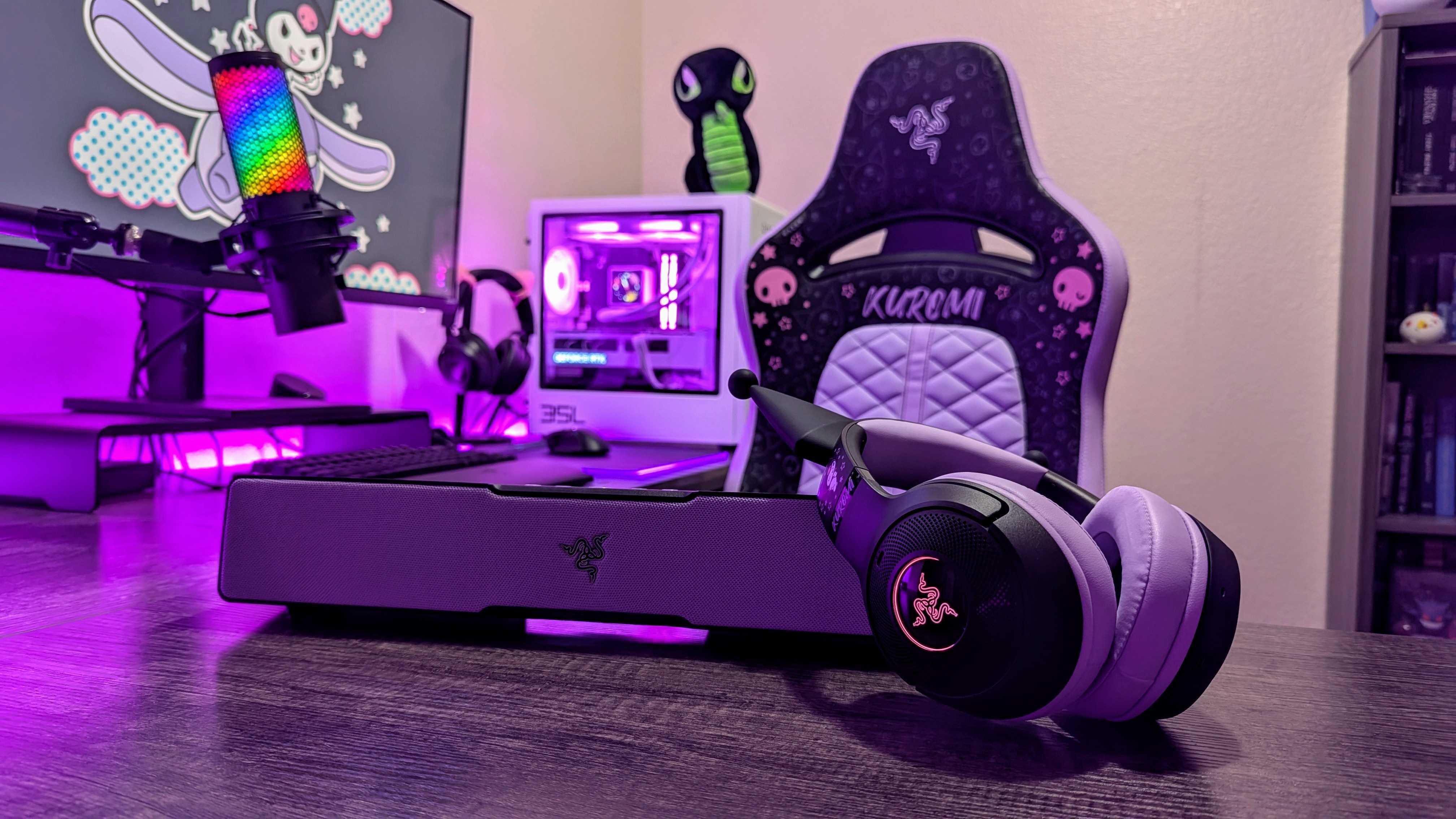
Acer Predator Helios Neo 16 AI


Despite laptops overtaking their towering cousins in market share, these portable computers still lack one vital trait that has kept stationary desktops still relevant today. Desktop computers are, to a very large extent, modular by design, making it easier to upgrade and replace components as needs and technologies change. Sure, some laptops have upgradable RAM and storage, but that’s pretty much all there is to them given certain limitations in design.
Those limitations include the design of the motherboard itself, an all-in-one all-or-nothing object that is pretty much the soul of a computer. Intel, however, is proposing a rather ground-breaking change that will help make these components more repairable and less wasteful. If followed by its partners, it won’t just kick off a new age of modular laptops, it could even give Intel and AMD a huge edge over their Arm-based rivals such as Qualcomm and, of now, Apple.
Designer: Intel
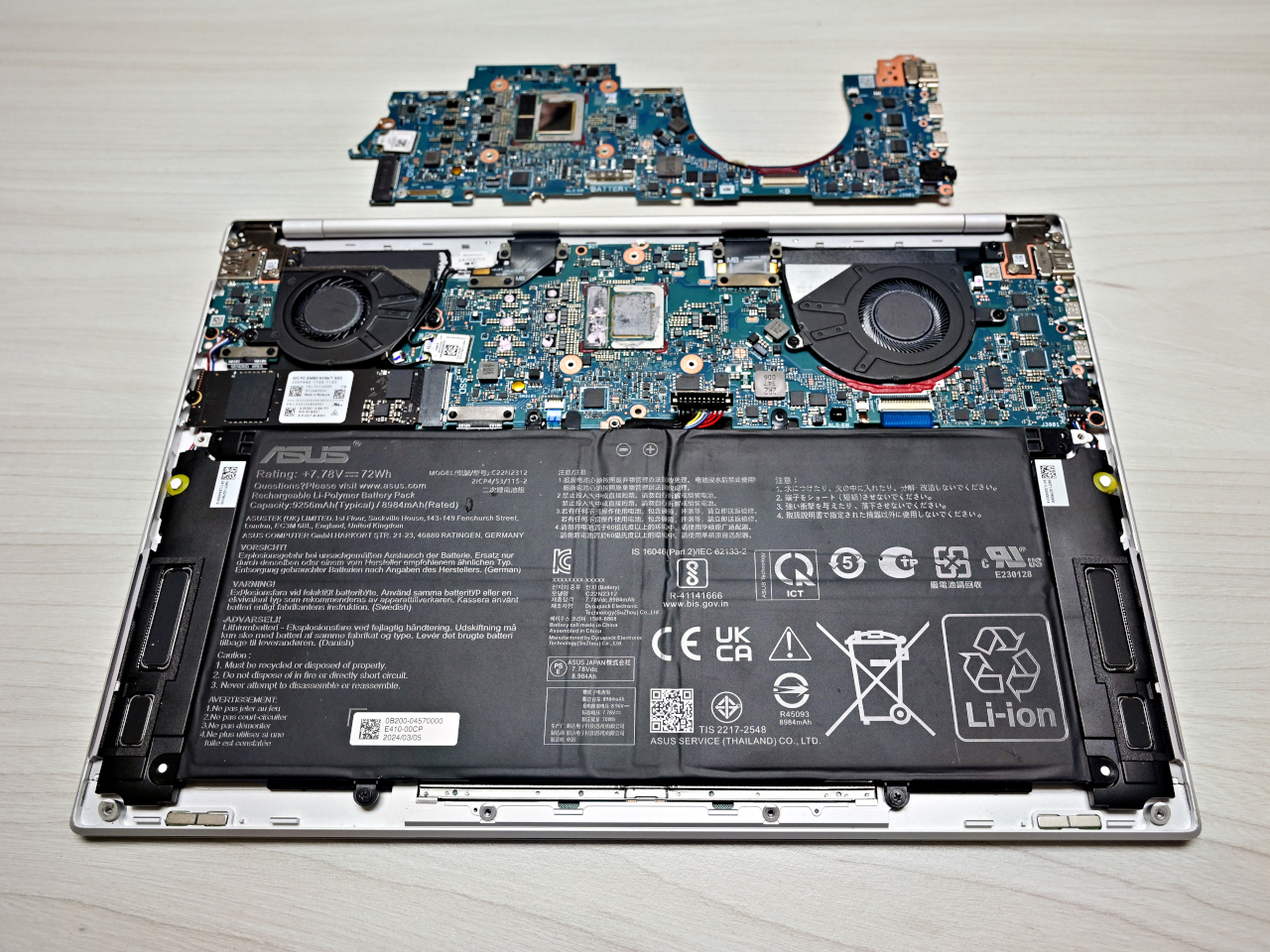
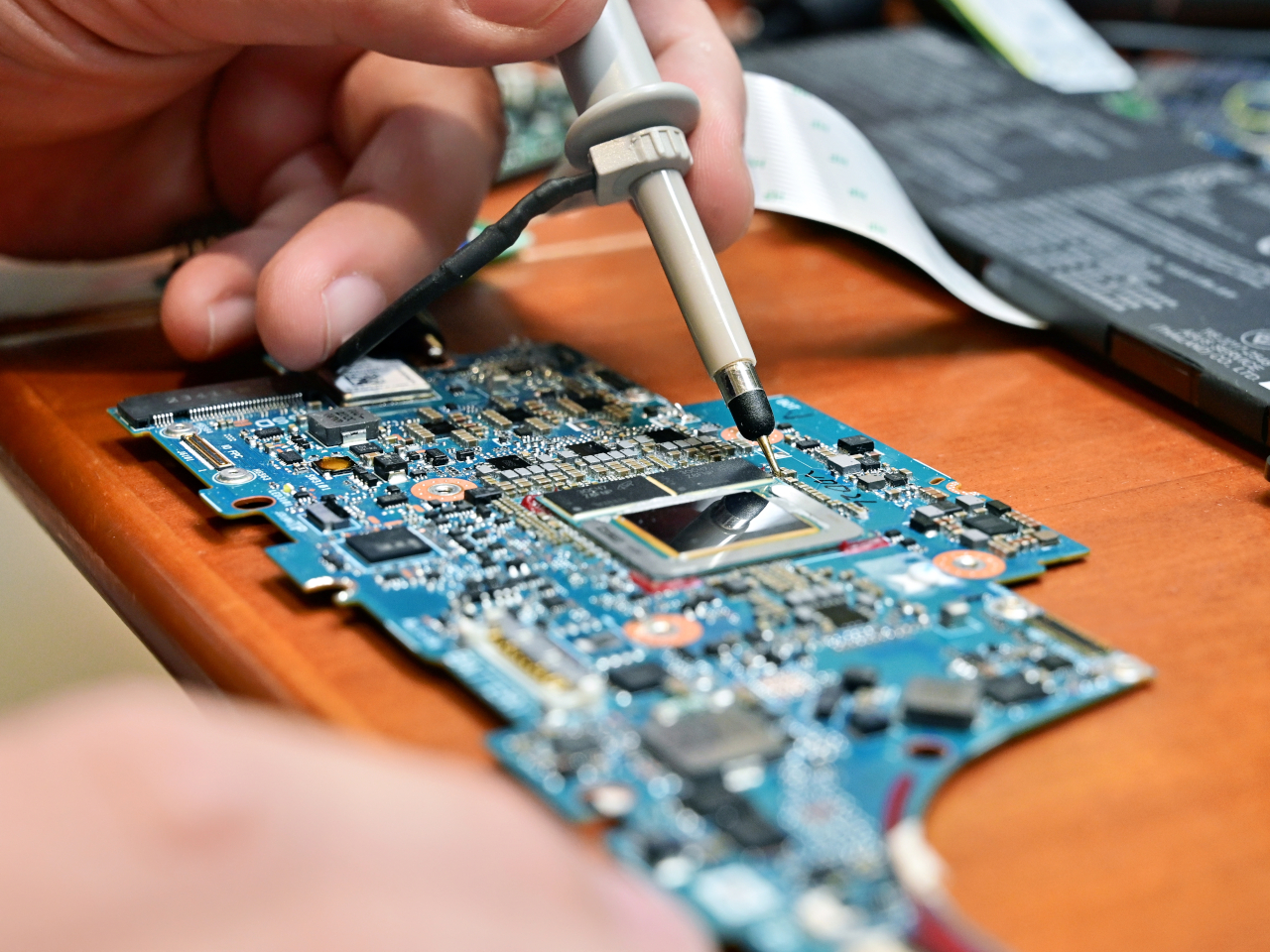
The difference in motherboards between desktops and laptops is like night and day. Desktops follow an industry convention that has been shaped over decades, allowing components from rival companies to be mixed and matched as the consumer desires. Laptop motherboards, on the other hand, are often designed based on brand needs and whims. More importantly, they come as a whole package, with many parts soldered onto the board, including the ones that get worn out faster than others.
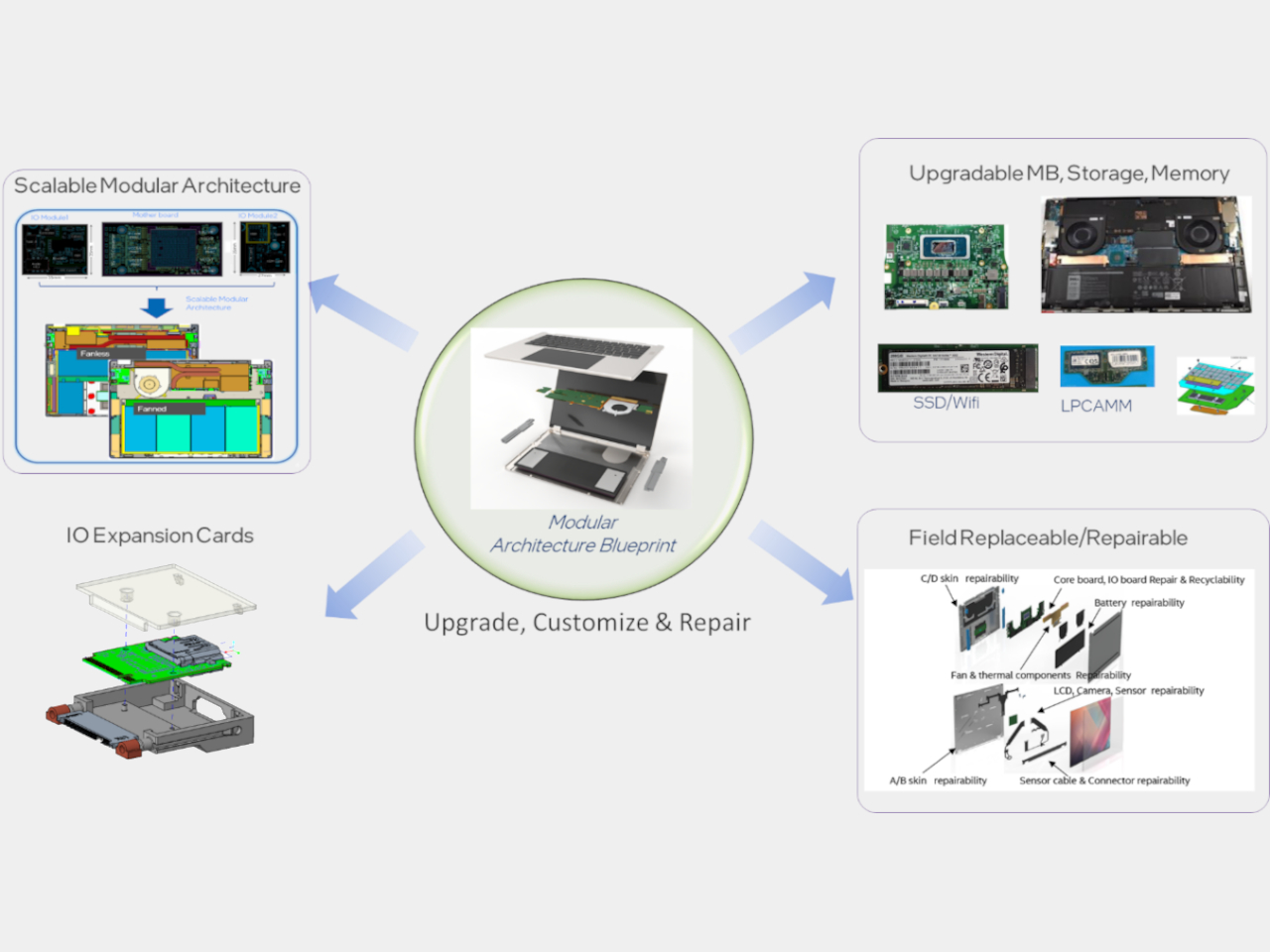
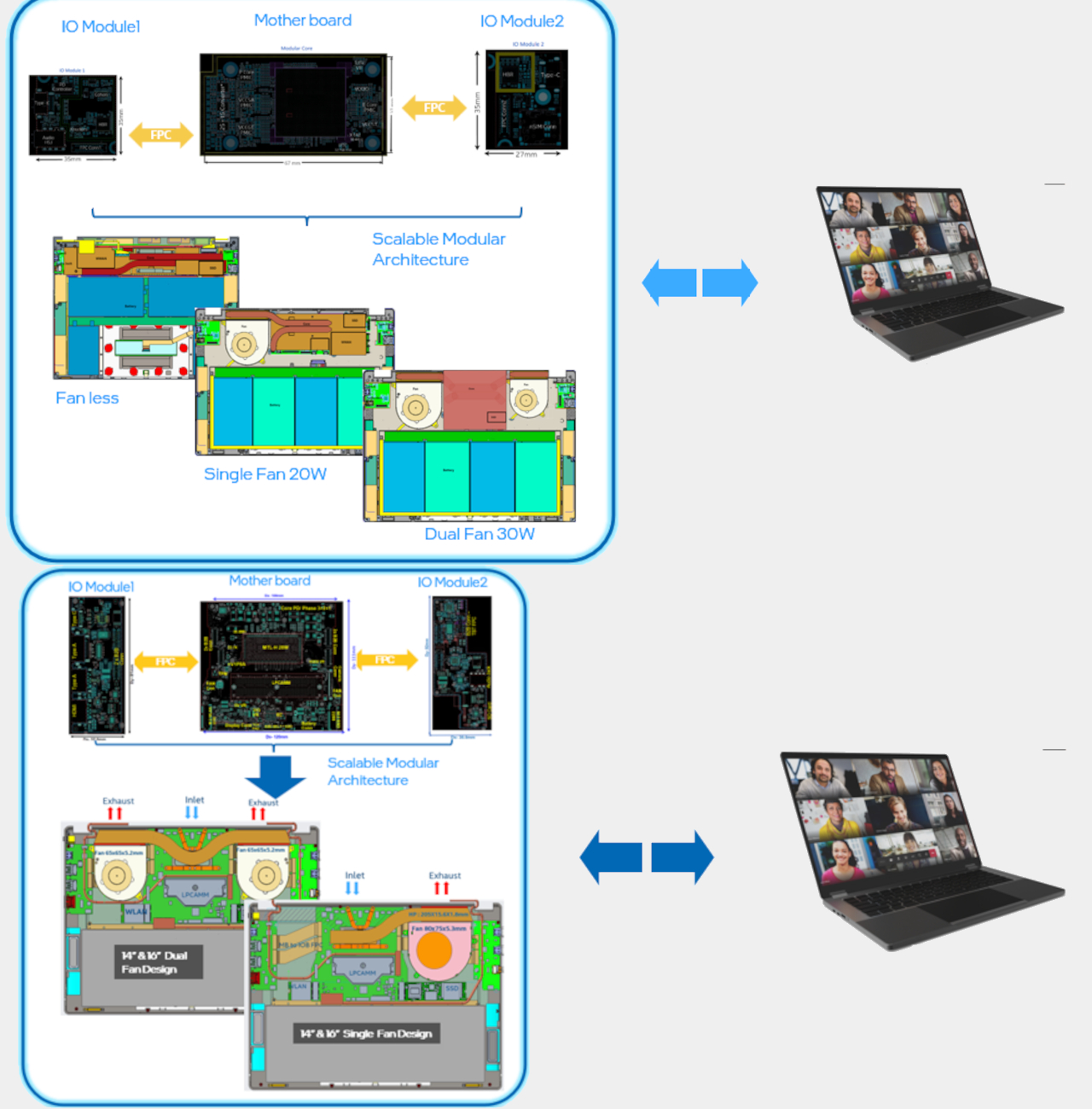
Intel’s proposed guidelines try to split the laptop motherboard into three distinct parts, two of which would hold the I/O or input out components such as USB and HDMI ports. The third would be where the core silicon is located, specifically the CPU and the GPU, among others. The modularity would allow different affected parts to be replaced if broken or, if desired, even upgraded, without throwing away the rest of the motherboard.
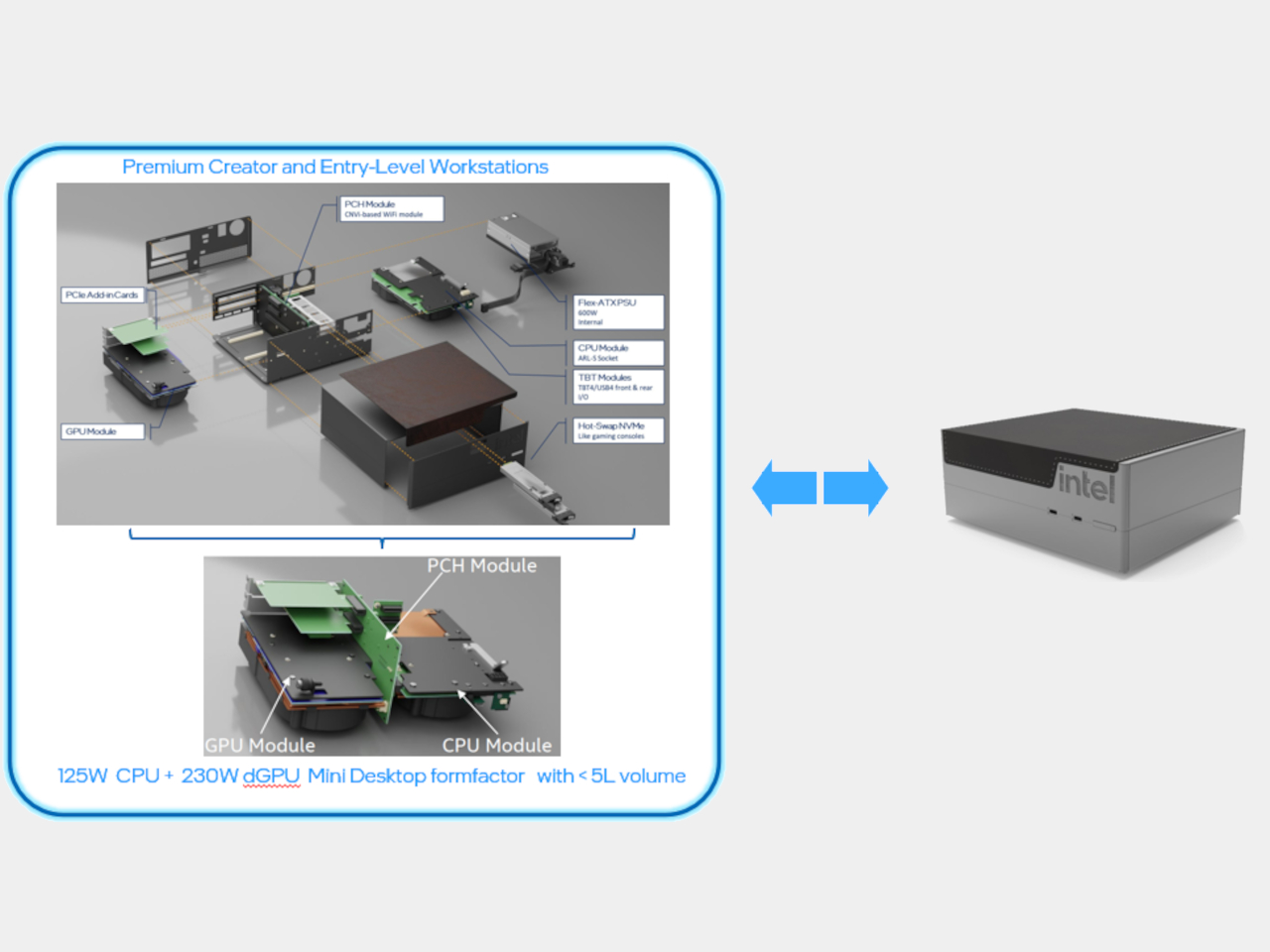
Those guidelines also have something for mini PCs, which are like the middle child between desktops and laptops. In this matter, the CPU and motherboard are separated from the graphics card and other components, making it easier to swap out GPUs or CPUs in the future. The growing popularity of mini PCs, partially thanks to the Mac mini and Mac studio, could be the driving force behind this initiative. Ironically, Intel itself has given up on the form factor, licensing its “NUC” brand to ASUS.

Designer: Framework
These guidelines might be ideal for reducing e-waste and promoting the right to repair, but it still all depends on whether other players are willing to play ball. Laptop manufacturers might be hesitant to do the work redesigning their laptops, and Intel’s rival AMD might not be keen to cooperate either. It’s still a distant dream, but one can already have a foretaste of the future today with the Framework laptops, proving that it can indeed be done with the right design.
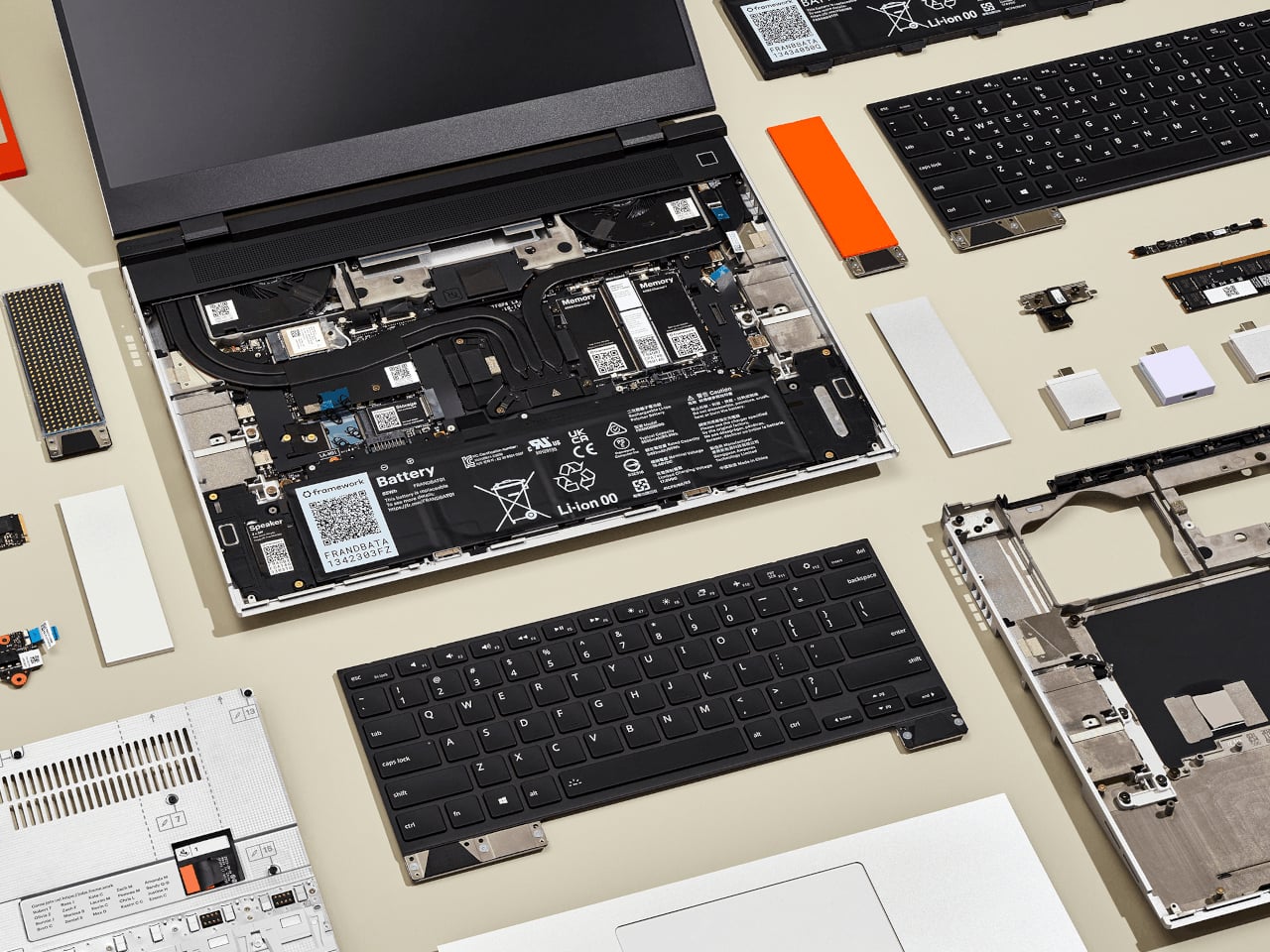
The post Modular laptops and mini PCs might be around the corner thanks to Intel first appeared on Yanko Design.
Microsoft Surface Pro 11 with Qualcomm Snapdragon X Elite
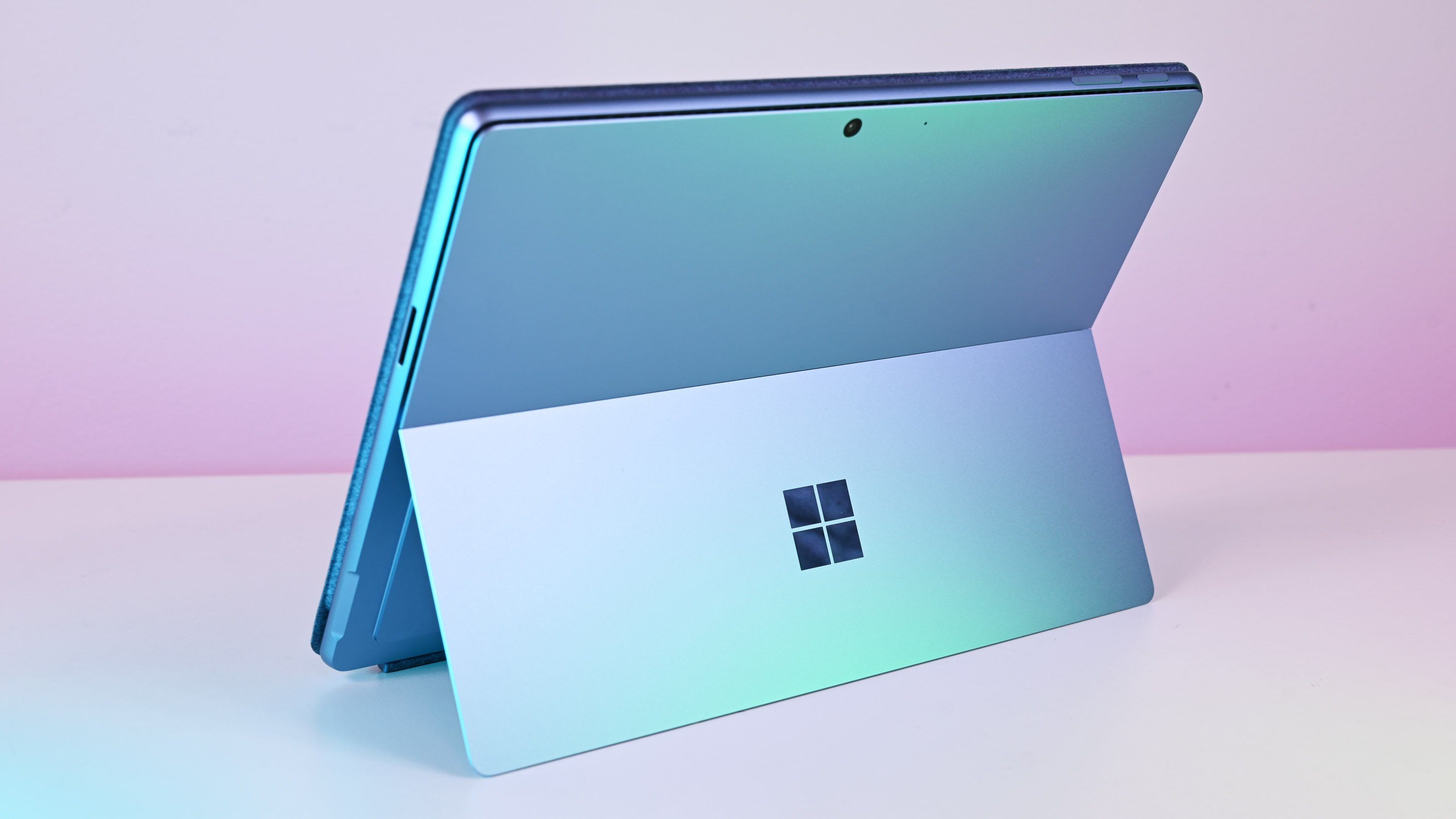
Dell Inspiron 14
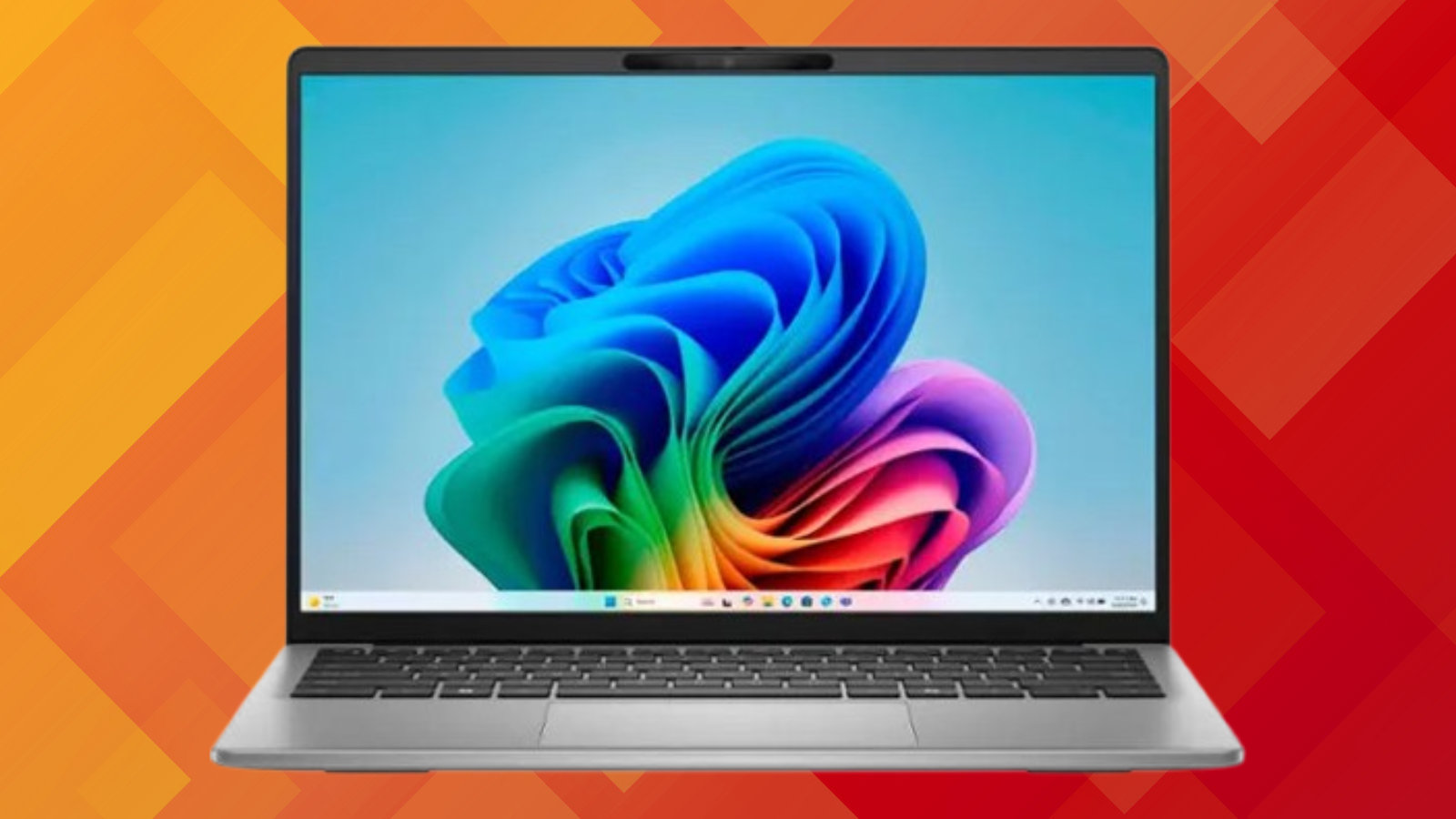
A pre-production sample of the HP EliteBook Ultra 14 (G1i), open and sitting on a desk.
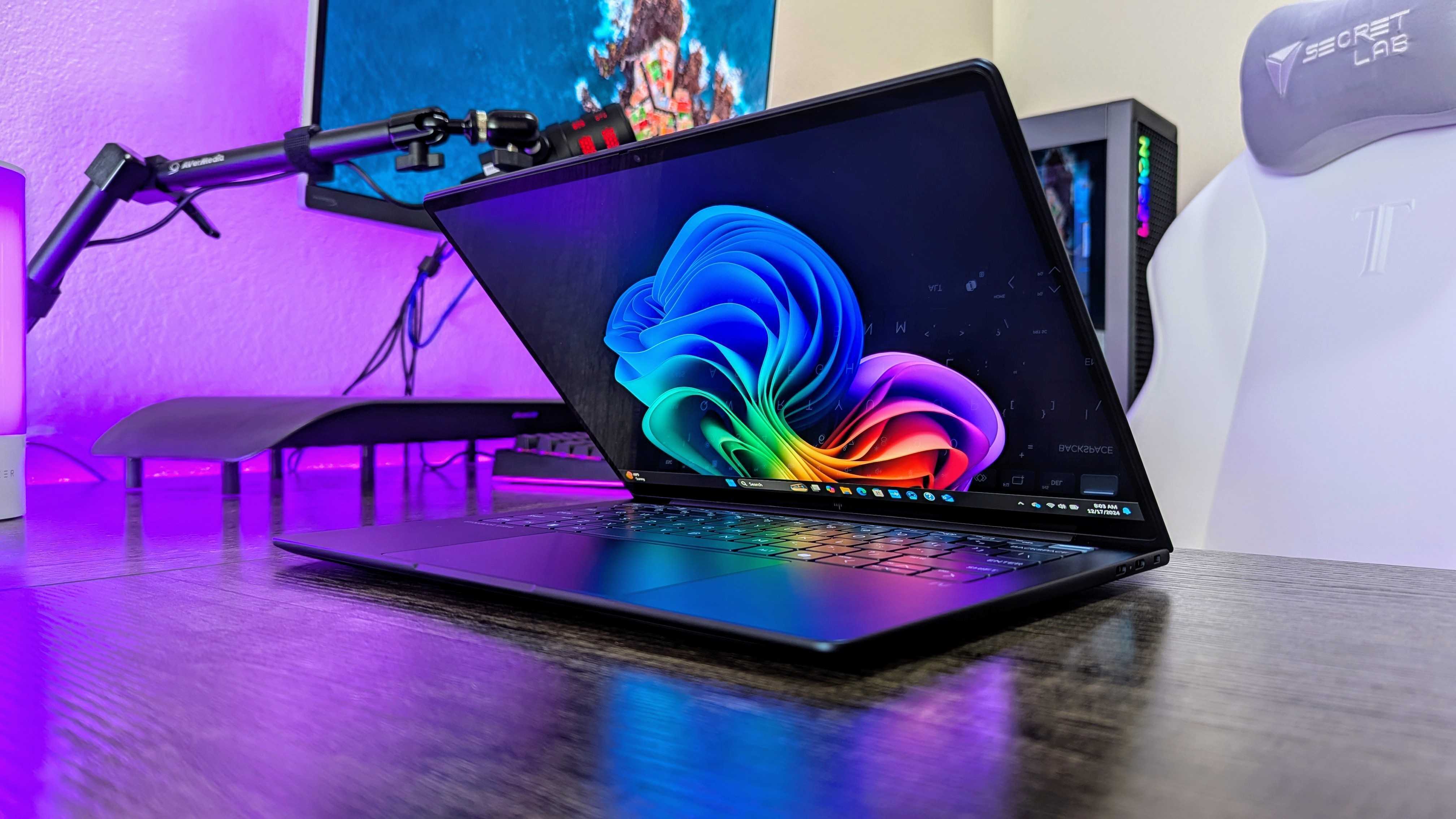
The Lenovo ThinkPad X12 Detachable (Gen 2) on a desk, with its keyboard and stylus detached.
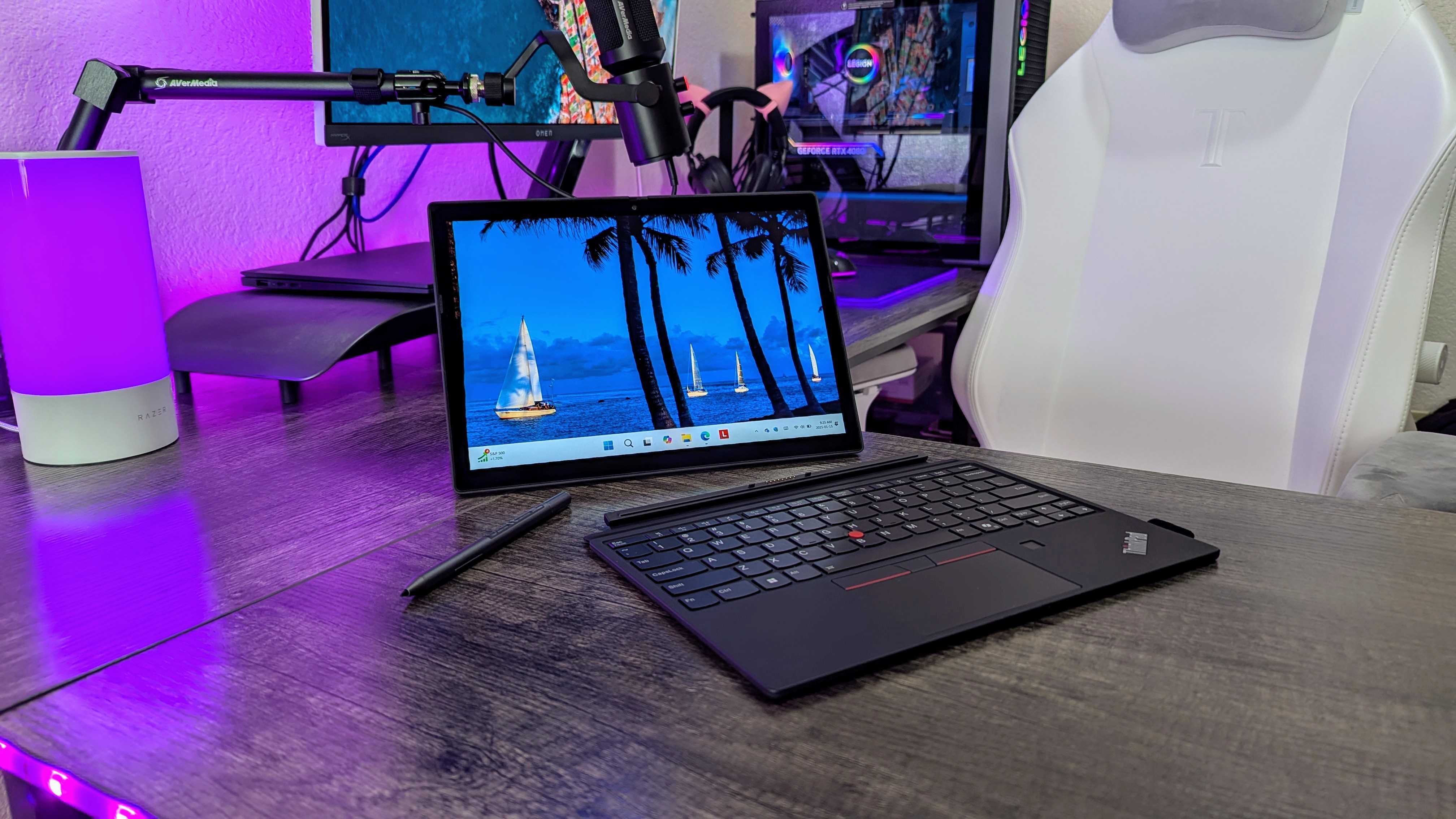
Surface Pro X rear side in black
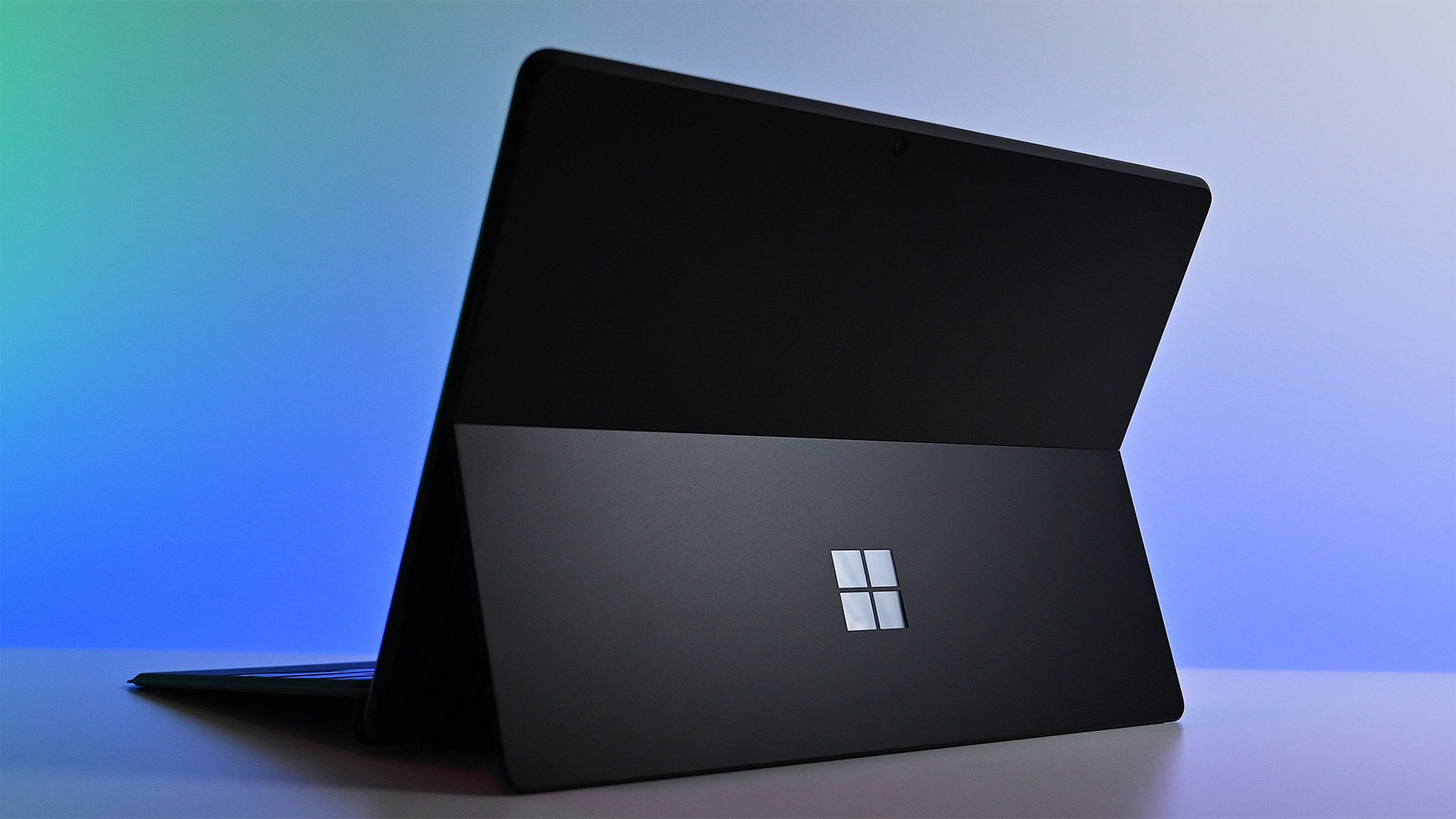
HP Omnibook X laptop in white
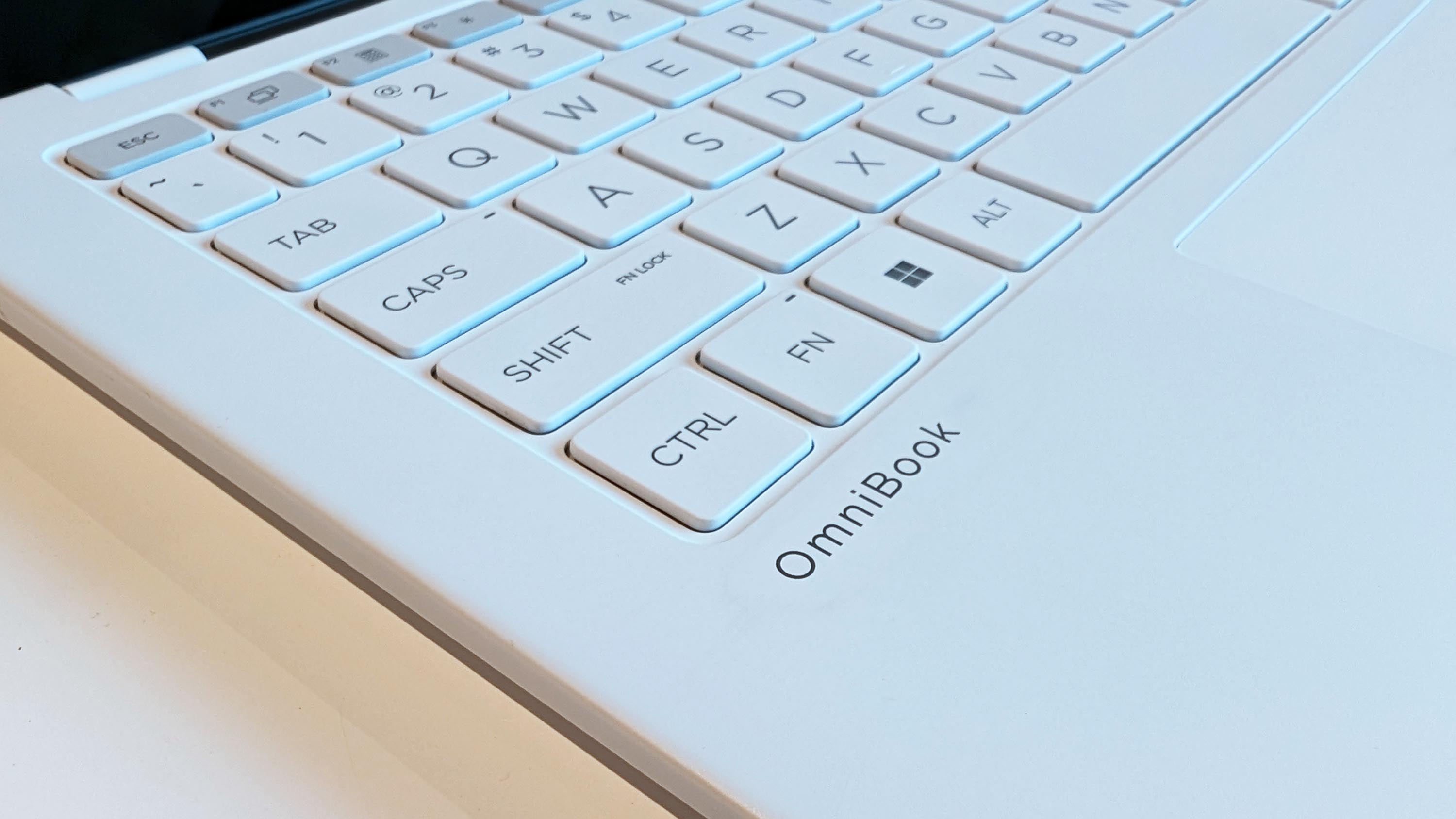
Handheld gaming PCs like the Steam Deck, Lenovo Legion GO, and ASUS ROG Ally have proven to be popular designs in a somewhat niche market. Despite their small sizes, at least relative to laptops, these computers are quite capable of driving even graphics-heavy triple-A games, at least with reasonable settings. And as with any gaming-worthy computer, these handheld PCs are also capable of doing just about anything, including office productivity or even content creation.
That said, their designs are hardly conducive to use cases outside of gaming, especially for tasks that require at least a keyboard. There are alternative designs from the likes of AYANEO and GPD that do add a tiny keyboard, but those are meant more for chatting than actual work. This upcoming newcomer, however, wants you to have your cake and eat it too, and it’s using a rather ingenious design that supports both games and productivity without compromising too much.
Designer: ONE-NETBOOK


We’ve seen handheld gaming PCs that look like laptops, but these usually compress the keyboard in order to make room for gaming controls like joysticks and buttons. This creates a usable but not ideal experience, where typing is doable but uncomfortable and gaming is bearable but not always enjoyable. And that’s not even considering issues with ergonomics for both sides of the coin. Short of having a shape-shifting computer or a modular design (that has actually been done before as well), there’s really no easy way to bridge these two together, at least until now.

Unlike its predecessor that attempted to create a hybrid between a Nintendo Switch handheld and a Microsoft Surface tablet, the ONEXPLAYER G1 embraces the form factor of a small 8.8-inch laptop. Opening it up reveals what looks like a regular physical keyboard, complete with a tiny touchpad, so you might not even consider it as a gaming computer until you remove that keyboard. Yes, that keyboard is actually wireless and connected to the computer using magnets only, and lifting it up reveals the handheld’s gaming chops.

Underneath this removable keyboard are analog joysticks, a D-Pad, and face buttons, the essential parts of a game controller. Because there isn’t a critical need to have a keyboard, the design is able to accommodate a more comfortable arrangement of buttons similar to an Xbox-compatible controller. Of course, there are also triggers and shoulder buttons at the back of the laptop, as well as a number of extra buttons.


What’s interesting about this design is that even this gaming “mode” still has a split keyboard below the controls. It’s not immediately clear whether these are capacitive keys on a glass surface or if they’re just very low-travel keys for basic chat needs. Either way, it’s definitely an interesting twist on the handheld gaming PC design, though the price for such a multi-functional beast will probably cost as much as a laptop as well.

The post Mini gaming laptop has a removable keyboard to easily switch between work and play first appeared on Yanko Design.